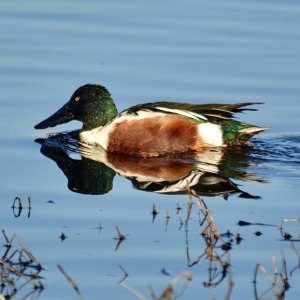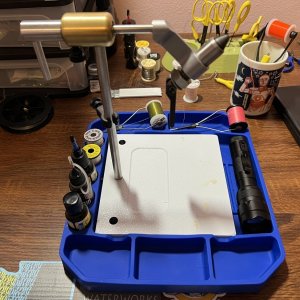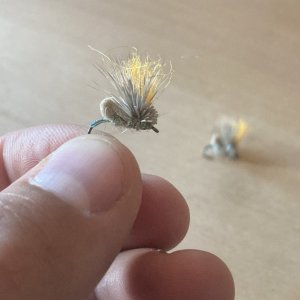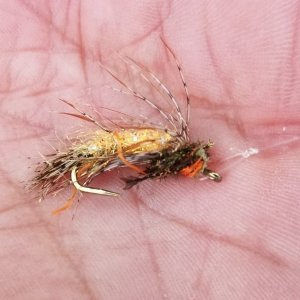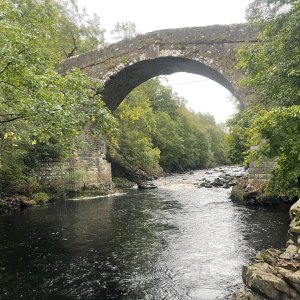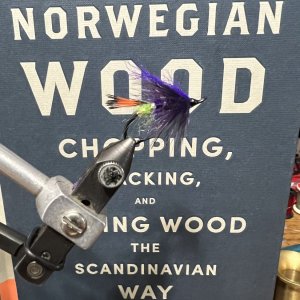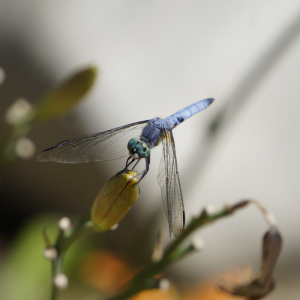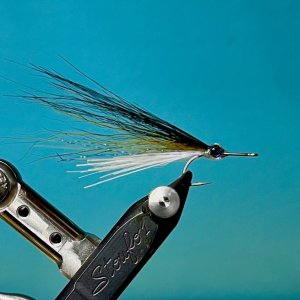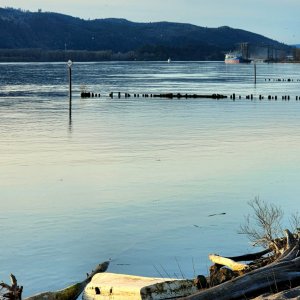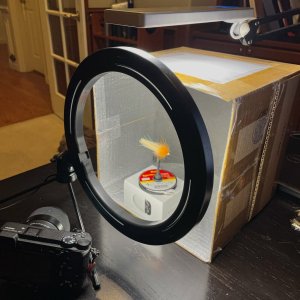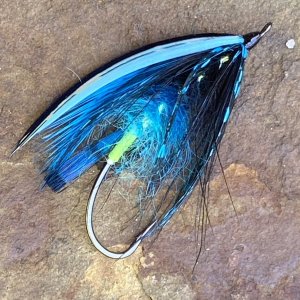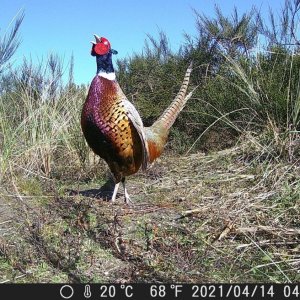Puget Sound resident coho much like their blackmouth cousins came from a mixture of delayed releases (net pens for coho), normal releases and wild fish. The contributions of those 3 groups vary a lot year to year. Bottom line the net pen/delayed fish tend to have a higher tendency to residualize than more normal timed smolts but are not the sole source of those resident fish. Even the south sound net pens are not necessarily the dominate producer of those resident coho.
Regarding typical coho return rates; one would assume that the net pens at Oak Harbor would have survival rates similar to the Skagit. Since 2005 the estimated return rates for the Skagit coho have been in the 10 to 12% 3 times in the last 16 years and below 10% 13 of those years. The other nearby system would be the Snohomish which until recently would often have return rates between 10 and 20% though those rates fell in 2013 and since have hovered around the 5% range.
curt
Regarding typical coho return rates; one would assume that the net pens at Oak Harbor would have survival rates similar to the Skagit. Since 2005 the estimated return rates for the Skagit coho have been in the 10 to 12% 3 times in the last 16 years and below 10% 13 of those years. The other nearby system would be the Snohomish which until recently would often have return rates between 10 and 20% though those rates fell in 2013 and since have hovered around the 5% range.
curt

